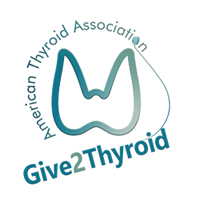BACKGROUND
Thyroid nodules are very common, occurring in up to 50% of patients. The concern about a thyroid nodule is whether this represents a thyroid cancer, which occurs in 5–6% of thyroid nodules. Depending upon the size and appearance of the nodule on ultrasound, the next step to evaluate a nodule is a thyroid biopsy. In general, there are two separate techniques of doing the procedure. Both require placement of a needle into the nodule but the method of collecting the sample differs. In the aspiration technique the sample is obtained by suction into a syringe whereas in the non-aspiration technique the sample is collected in a needle (called capillary action).
In up to 10% of biopsies, a diagnosis cannot be made since there are too few cells and the result is called nondiagnostic. In some cases, such as aspiration of a cyst where few cells would be present, this is expected. In other nodules, a non- diagnostic results usually requires a repeat biopsy. This study reviewed 24 published studies to compare the rate of non-diagnostic biopsy between the aspiration technique and the capillary action technique.
THE FULL ARTICLE TITLE:
Moss WJ et al 2018 Needle biopsy of routine thyroid nodules should be performed using a capillary action technique with 24- to 27-gauge needles: a systematic review and meta-analysis. Thyroid 28:857–863. Epub 2018 Jun 5. PMID: 29742978.




